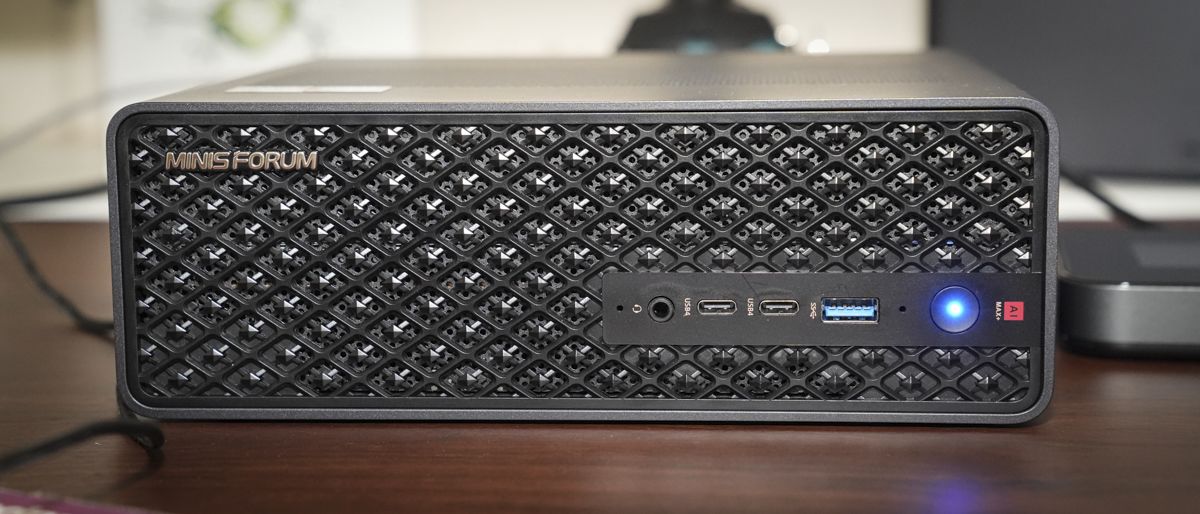When OpenAI unveiled its first open-weight models in years this August, it wasn’t just tech companies that were paying attention. The release also excited US military and defense contractors, which saw a chance to use them for highly secure operations.
Initial results show that OpenAI’s tools lag behind competitors in desired capabilities, some military vendors tell WIRED. But they are still pleased that models from a key industry leader are finally an option for them.
Lilt, an AI translation company, contracts with the US military to analyze foreign intelligence. Because the company’s software handles sensitive information, it must be installed on government servers and work without an internet connection, a practice known as air-gapping. Lilt previously developed its own AI models or used open source options such as Meta’s Llama and Google’s Gemma. But OpenAI’s tools were off the table because they were closed source and could only be accessed online.
The ChatGPT maker’s new open-weight models, gpt-oss-120b and gpt-oss-20b, changed that. Both can run locally, meaning users have the freedom to install them on their own devices without needing a cloud connection. And with access to the models’ weights—key parameters that determine how they react to different prompts—users can tailor them for specific purposes.
OpenAI’s return to the open-source market could ultimately increase competition and lead to better performing systems for militaries, health care companies, and others working with sensitive data. In a recent McKinsey survey of roughly 700 business leaders, more than 50 percent said their organizations use open source AI technologies. Models have different strengths based on how they were trained, and organizations often use several together, including open-weight ones, to ensure reliability across a wide variety of situations.
Doug Matty, chief digital and AI officer for the so-called Department of War, the name the Trump administration is using for the Department of Defense, tells WIRED that the Pentagon plans to integrate generative AI into battlefield systems and back-office functions like auditing. Some of these applications will require models that are not tied to the cloud, he says. “Our capabilities must be adaptable and flexible,” Matty says.
OpenAI did not respond to requests for comment about how its open source models may be used by the defense industry. Last year, the company reversed a broad ban on its technology being used for military and warfare applications, a move that prompted criticism from activists concerned about harms caused by AI.
For OpenAI, offering a free and open model could have several benefits. The ease of access could cultivate a larger community of experts in its technologies. And because users don’t have to sign up as formal customers, they may be able to operate with secrecy, which could keep OpenAI from facing criticism over potentially controversial customers—like, say, the military.

 1 month ago
23
1 month ago
23








 English (US) ·
English (US) ·